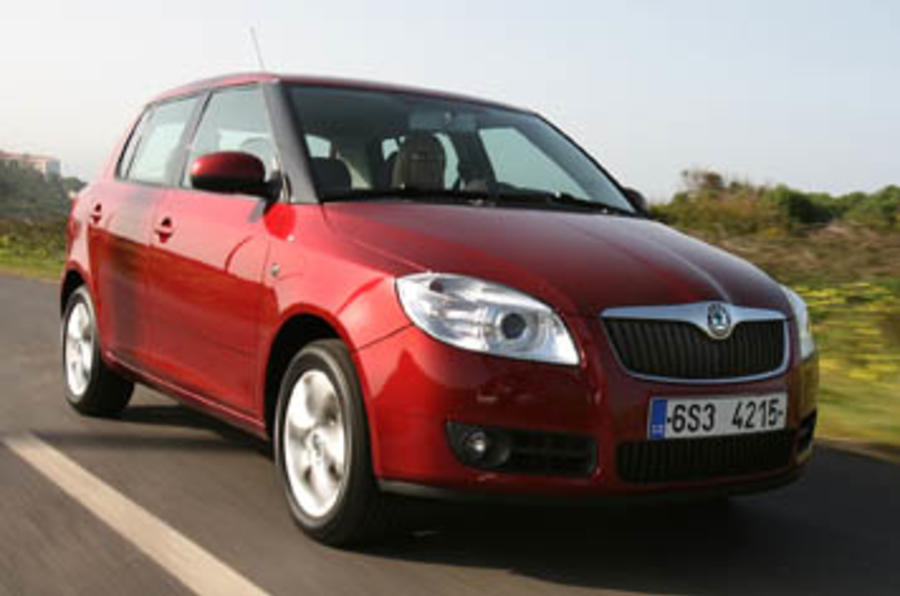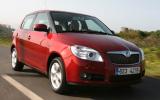What is it?
It’s the new version of the Fabia, the car that’s done more than any other model to sweep away Skoda's image as an Iron Curtain joke. The previous model won the What Car? Car of the Year award straight after launch and went to the top of its hard-fought class.
The new edition draws heavily on the outgoing car (including an identical wheelbase, very similar dimensions and some closely related engines), but packages them into a taller, roomier, bolder body style reminiscent of the Suzuki Swift from some angles. Like the original Fabia, the 2007 edition is first in the VW supermini family to adopt a platform which will go under a yet-to-be launched, new-generation VW Polo.
The ’07 Fabia’s basic structure has been re-engineered in key areas for better crash performance and to support a new body whose main dimensional difference is another 50mm (two inches) of overall height. Launch cars are five-door hatchbacks, but a five-door estate is due in a year’s time.
Most of the new Fabia’s seven-engine range is familiar, though the majority of units have improved power outputs. The petrol line-up starts with the humble six-valve, 60bhp, 1.2-litre triple and progresses through a 12-valve 1.2 triple with 70bhp to a pair of 16-valve fours, a 1.4-litre with 86bhp and a 105bhp 1.6-litre.
All come with standard five-speed manual gearboxes, though 1.6 owners can specify a six-speed Aisin torque converter auto as an option. The TDI diesel range is similarly predictable: two versions of VW’s excellent 1.4-litre, three-cylinder engine (70bhp and 80bhp), plus the ubiquitous 1.9 with 105bhp. A higher-output vRS diesel (with a power level very similar to the old model’s 130bhp) will join the range later in 2008.
What’s it like?
At launch in Portugal, where Skoda also unveiled the original model, we tried three versions: a 1.4-litre, 80bhp diesel and a 1.6-litre petrol auto, both briefly, and a twin-cam 1.2-litre triple with 70bhp over a longer distance.
The first thing that strikes you about any Fabia is its extra height: like most of its peers it’s a four-metre car now, and tall with it. That leads to impressively enhanced interior room.
I found the 1.2 triple by far the most engaging engine, which seems remarkable since it’ll also be the cheapest powertrain by a mile. It coped brilliantly with the weight of four hulking blokes and photographic gear, spun smoothly and quietly up to the 6000rpm cut-off, reacted eagerly to throttle, was connected to a light and slick gearbox and sounded great whether spinning fast or slow. The 1.4-litre diesel was smooth and more torquey, but gruffer and not nearly as quick to react to the accelerator, and the 1.6 petrol engine seemed capable but wholly unexciting.
The Fabia dealt well with Estoril’s coarse bitumen and rutted conctete roads, so reminiscent of Britain’s, and on any decent surface it ran quietly, with a pleasant “rubber-footed” sensation over bad bumps.
The steering is lower geared than most in the class and the steering wheel is quite big, too, but there’s a faithfulness and accuracy about it which makes pressing on a pleasure.
Should I buy one?
You should give it a damn good look. This is an impressive improvement on a car that was highly rated anyway, and it’s hard to see why cash-strapped young families would need anything bigger. There’s no reason why it shouldn’t continue as Skoda’s star.


















Join the debate
Add your comment
Reader
reader